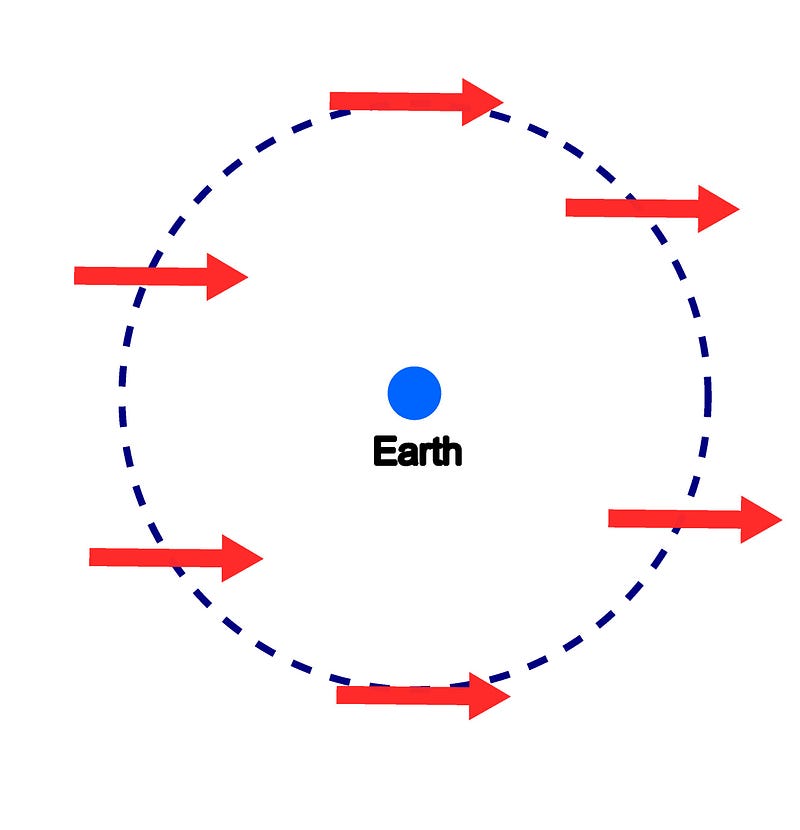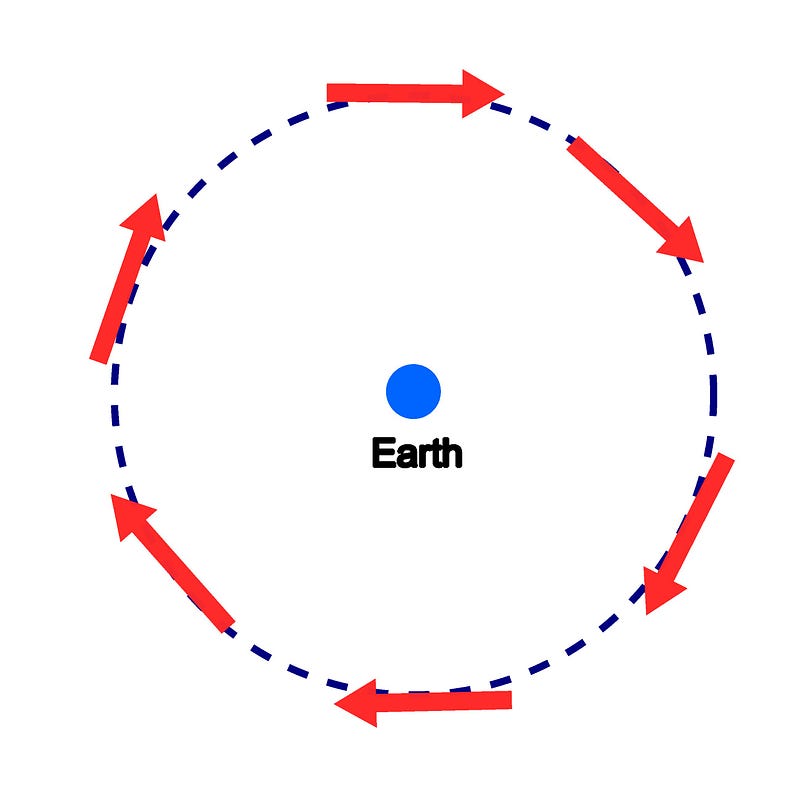A Fun Exploration of Why We Only See One Side of the Moon
Written on
Understanding the Moon's Mystery
The Moon, Earth's sole natural satellite, captivates us with its size and brightness, resembling the Sun in its angular dimensions. It has been a source of fascination throughout history, influencing everything from lunar calendars to tides, and even shaping aspects of human culture.
Engaging children in lunar studies can be both fun and enlightening. A great starting point is to explore how the Moon appears to us.
Despite the changing phases we observe over the month, one remarkable feature remains: the Moon always presents the same side to Earth. This consistency makes it easier for children to learn and recognize the Moon's surface features. However, the reason behind this phenomenon can be puzzling.
Many might wonder if the Moon remains stationary. That's not the case; it does rotate on its axis. So, what accounts for this unique characteristic?
To illustrate this concept, visual aids can be incredibly helpful. Imagine a red arrow circling the Earth. If the arrow doesn’t rotate, it will reveal different sides as it orbits:

Credit: Author
In this scenario, various sides of the arrow face Earth on different days. Conversely, if the arrow spins at the same rate it orbits the Earth, the result will be different:

Credit: Author
It's evident that in this case, the arrow consistently shows the same face to Earth. This phenomenon is termed ‘synchronous rotation’ by astronomers, denoting the alignment of its rotational and orbital periods.
These illustrations can significantly aid children's understanding of how the Moon rotates and orbits simultaneously, making the concept more accessible than using abstract shapes like spheres.
The Earth and Moon form a dynamic two-body system, with their gravitational interaction leading to the synchronization of the Moon's movement. Over time, this has resulted in the Moon's current state of synchronous rotation, revealing the side we call the ‘near side.’
As autumn approaches, take the opportunity to stargaze with your family and enjoy the wonders of the night sky!